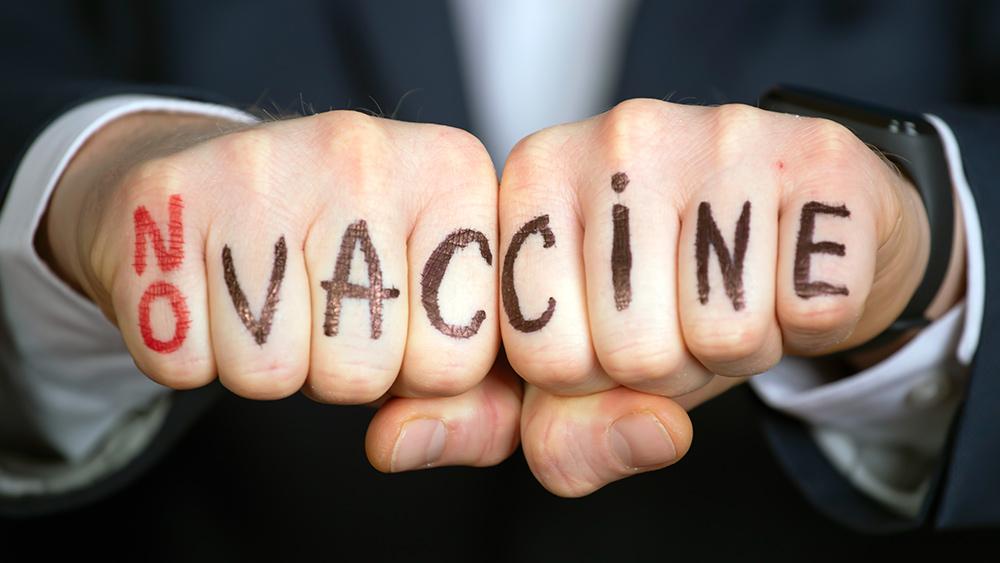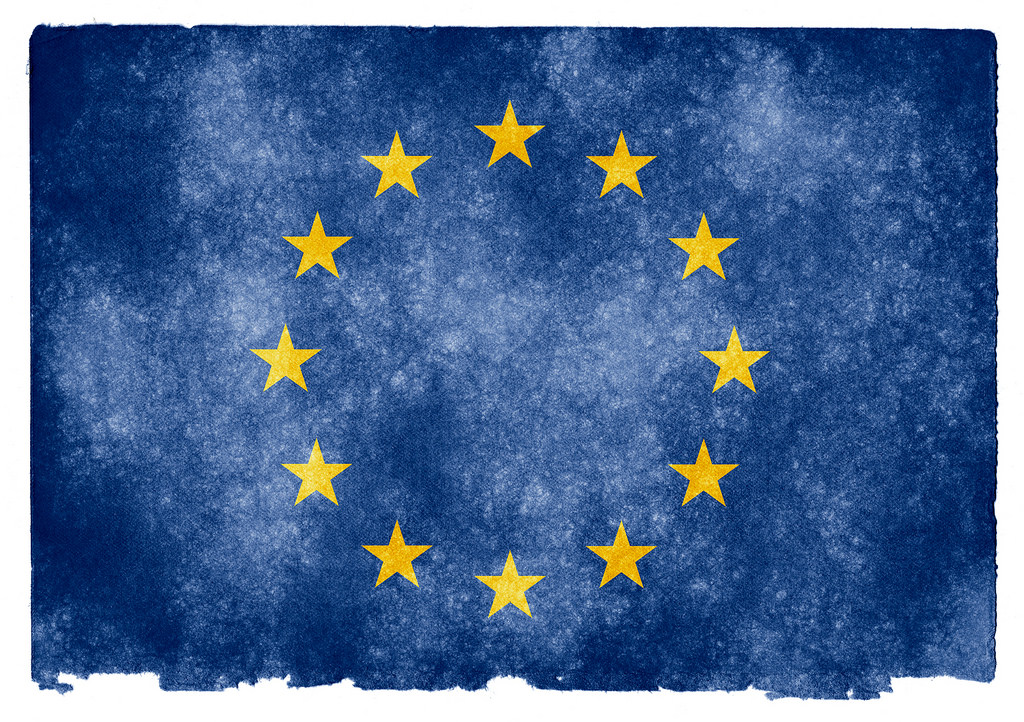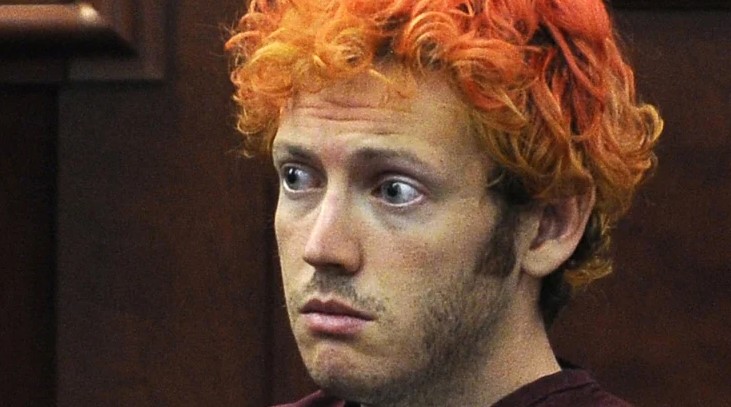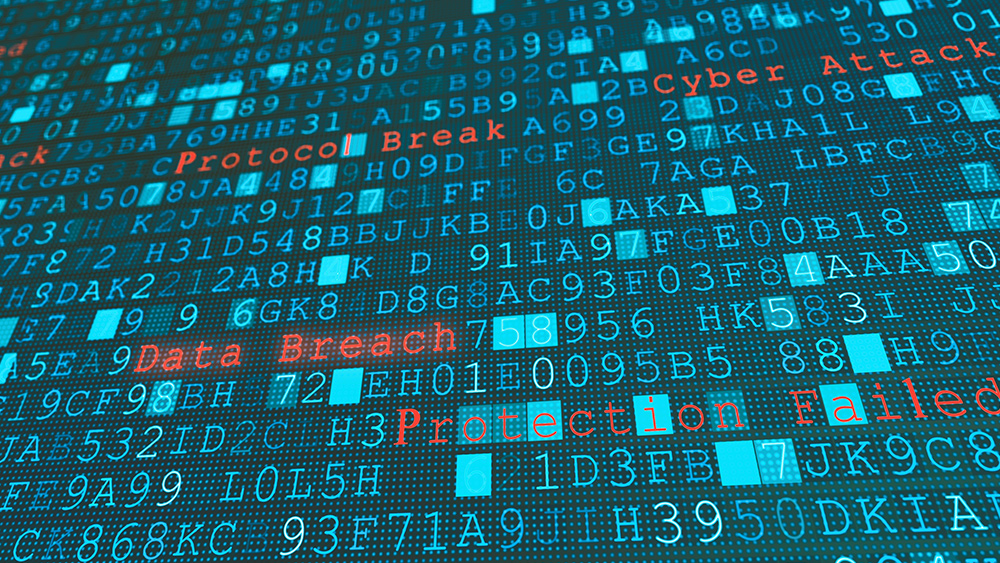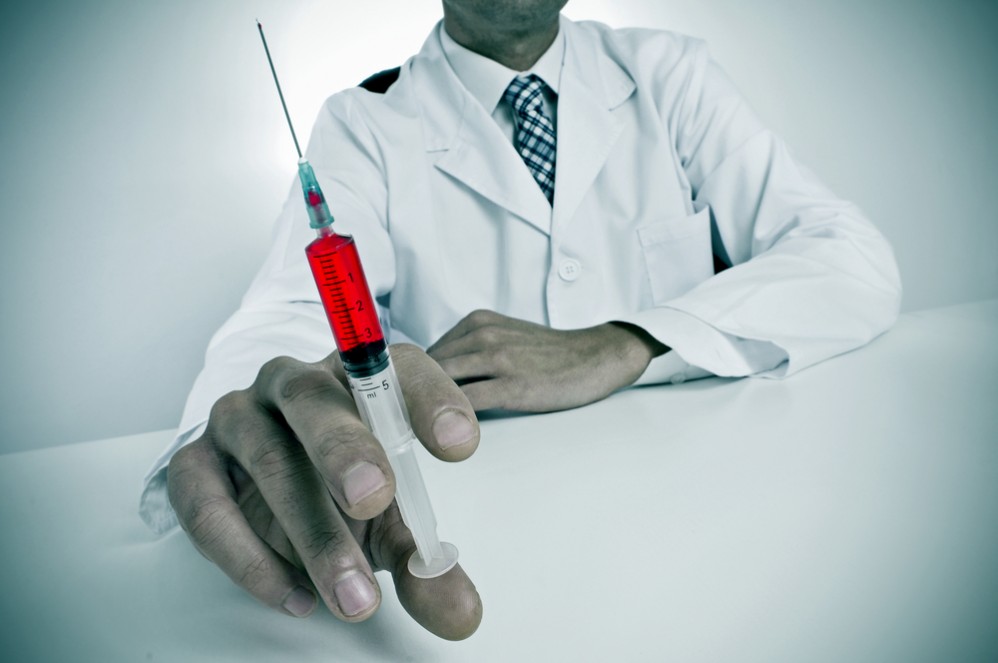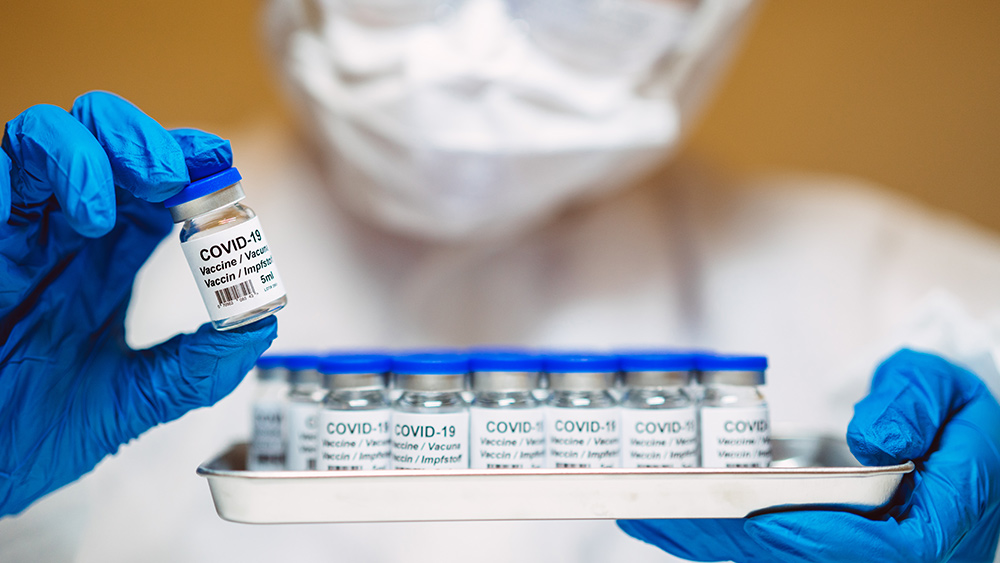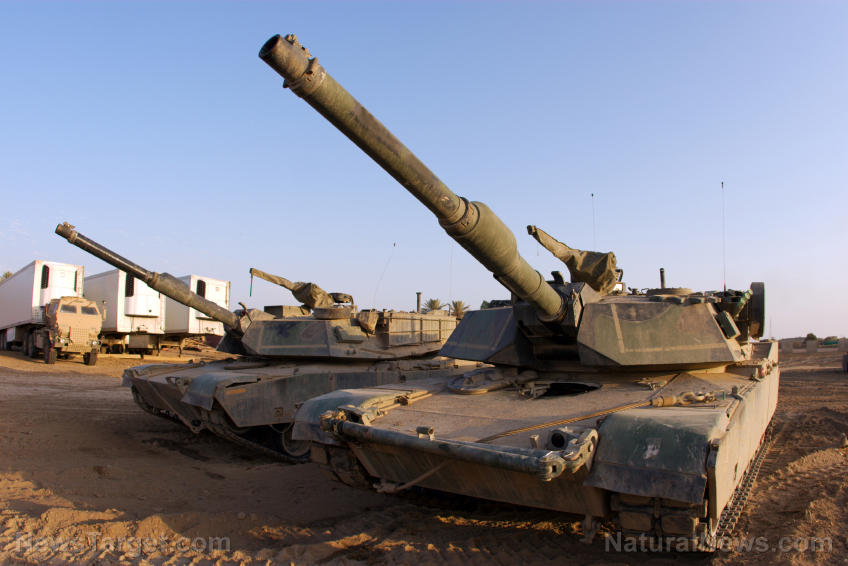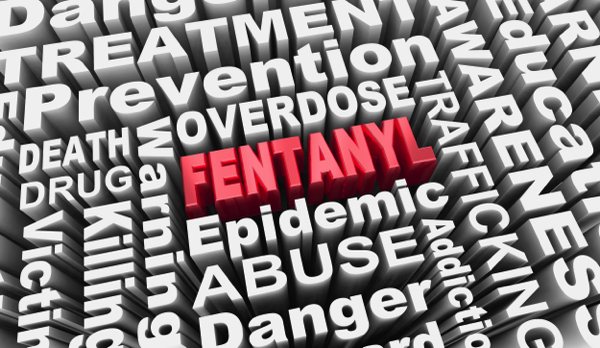 Parler
Parler Gab
Gab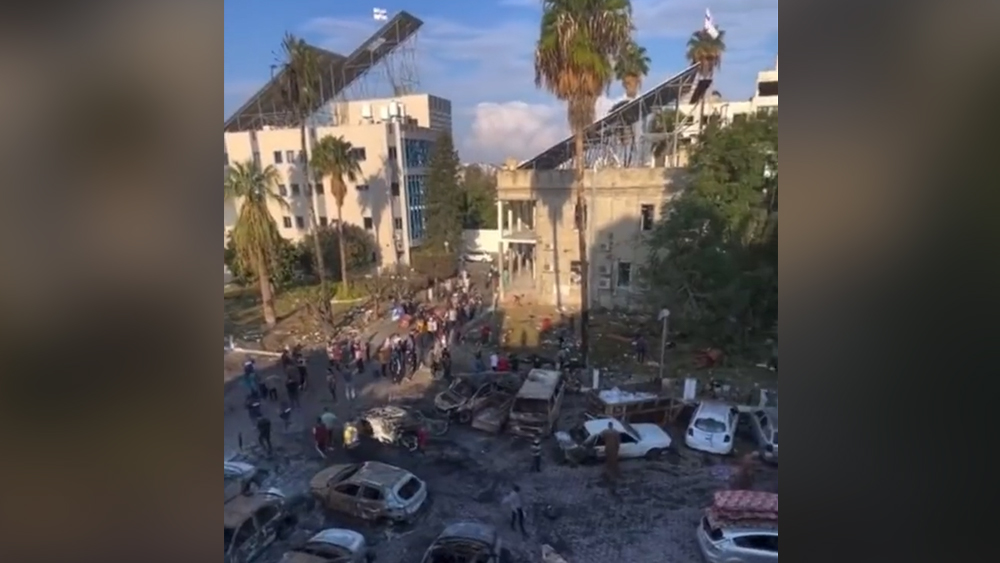
The relentless vaccine push in a war zone ignores critical needs
Since the outbreak of war in October 2023, Gaza has faced unprecedented destruction, with its healthcare system in ruins and its population struggling to access basic necessities. Yet, WHO has focused heavily on vaccine distribution, particularly for polio, despite the disease having been eradicated in Gaza for over two decades. By mid-October 2024, 95% of Gaza’s children under 10 had been vaccinated twice with the nOPV2 vaccine, developed with funding from the Bill & Melinda Gates Foundation. This massive vaccination campaign was justified by a single confirmed case of polio in July 2024 and the detection of the virus in wastewater samples. These mass vaccination measures are disproportionate, especially when Gaza’s population faces dire shortages of food, water, and medical supplies. They have also spread vaccine-derived polio strains among the population. WHO’s handling of vaccine data in Gaza has been criticized for its lack of transparency. Reports often combine Gaza and the West Bank under the label “Palestine,” making it difficult to assess the true impact of vaccine campaigns in Gaza specifically. For example, Our World in Data, which relies on WHO records, last updated its vaccination data for “Palestine” in August 2024, with no Gaza-specific figures available after October 2022. This opacity has fueled suspicions that WHO is withholding information to avoid scrutiny. “The lack of transparency leaves one feeling there is something ‘they’ are attempting to hide – and there often is,” one analysis noted. WHO’s focus on vaccines, rather than addressing Gaza’s crumbling infrastructure, reflects a misalignment of priorities in a region where survival, hunger, and malnutrition is the immediate concern.A crisis of life-and-death priorities
Before the war, Gaza’s population largely rejected vaccines, knowing full well their potential to cause harms to sectors of the population. By August 2021, only 5.4% of Gazans had received a COVID-19 vaccine, despite WHO’s efforts to push vaccination rates higher. A 2022 study found that half of Gaza’s adult population had received at least one dose of a COVID-19 vaccine by October 2021, but the majority of unvaccinated individuals remained resolute. WHO and other organizations attributed this hesitancy to misinformation and mistrust, but the push for vaccines obviously ignored the population’s legitimate concerns. Prior polio vaccine campaigns had crippled populations in India. Moreover, Gazans did not want the COVID injections and were coming under increasing pressure to take them up, a coercion they recognized and rejected. This pressure has only intensified since the war began, with WHO and its partners delivering millions of vaccine doses while Gaza’s basic needs go unmet. As Gaza’s humanitarian crisis deepens, WHO’s focus on vaccines has sparked controversy and raised questions about the organization’s priorities. The disproportionate emphasis on vaccination campaigns, coupled with a lack of transparency, suggests that WHO may be using the crisis in Gaza to advance its own agenda rather than addressing the population’s most pressing needs. In the shadow of war, the people of Gaza are caught between the immediate threat of bombardment and the long-term risks of a public health strategy that seems out of touch with their reality. Thousands of people need critical wound care to prevent infections caused by injuries of war, but WHO's answer is to bring in boxes of defective vaccines, rather than respond to the actual needs of the population. Sources include: Expose-News.com ScienceDirect.com NaturalNews.comDigital ID systems EXPOSED: Indian Post Office data breach reveals deep security flaws
By Willow Tohi // Share
Governments continue to obscure COVID-19 vaccine data amid rising concerns over excess deaths
By patricklewis // Share
Tech giant Microsoft backs EXTINCTION with its support of carbon capture programs
By ramontomeydw // Share
Germany to resume arms exports to Israel despite repeated ceasefire violations
By isabelle // Share
